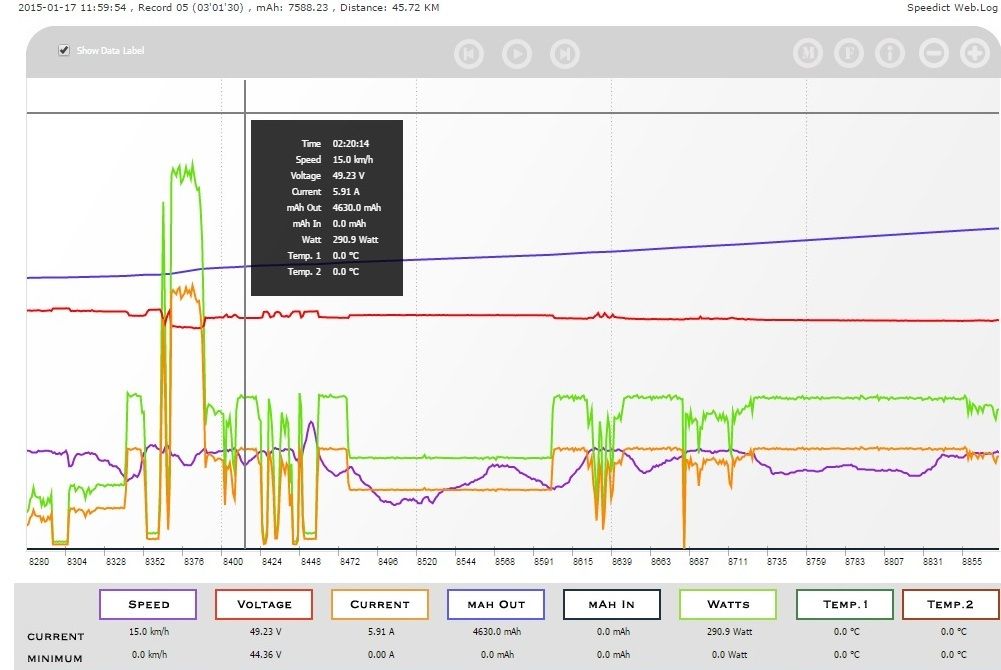But I,m inly referring to CD bikes and legal ones as described elsewhere.. Yes ungeared hub motors will have to draw way more than 250w...but isn't that the whole point of cd drive units ???
It used to be the point of CD, especially in the early strict 200 watt days, but more recently they've got into a power race.
To give some idea of the situation, back in 2001 Panasonic's new CD unit was a true 250 watt one, not very powerful by today's standards and with an increasing power limiting system from 15 kph (9.4 mph) upwards.
In 2006 they introduced a new unit with higher efficiency but which operated similarly and became very popular with a number of European manufacturers of pedelecs, especially in Germany. Their only rival in Germany was the small company Daum with a more powerful CD unit.
It was then that Bosch woke up to the possibilities and produced their first unit which understandably perhaps had some faults. Among them that it was so high powered that it was destroying bike chains very quickly, leading to Bosch calming it a little. However they still became a subject of complaints from Shimano, since the unit still exceeded the loading limits of Shimano's hub gears and SRAMs for that matter. The Bosch answer to that was to slightly downrate the units supplied for hub gear bikes, the derailleur ones remaining the same.
Of course customers liked all that power and the Bosch units swept the market, knocking Panasonic right out. Panasonic who had always used 24 volt systems belatedly retaliated with a very powerful 36 volt one and also removed the power phase down on the 250 watt ones, but it was too late and they remain virtually absent from the European market.
Meanwhile German bike company Kalkhoff who had been using Bosch after dropping Panasonic units bought the Daum unit rights and developed it as the Impulse 1 unit to rival the Bosch power. Take off for them was quite good, but they then brought out the Impulse 2 which was even more powerful. The outcome was that started to chew up and destroy it's internal gears, causing the new introduction of a replacement model called the Evo, still powerful but hopefully no longer destroying itself. There's threads in here about the Impulse 2 troubles.
I think from all this you can appreciate what we are saying about the power of modern units, 250 watts is not going to destroy bike chains in two or three hundred miles or chew up gears that had previously always been ok at 250 watts. It's been obvious for a long time that the Bosch and Impulse units have been far in excess of 250 watt capability and German sources reckon the Bosch has an easy 500 watt capability.
In support of that is that Bosch make the one unit which they rate as 350 watts when supplying for the high speed 45 kph S class or to the US market. For the legal pedelec market they call it 250 watts and set the speed limiting to 25 kph instead of 45 kph. The power is unchanged, only the speed limiting is changed. As a result there are "dongles" on the market to override the speed limiting so legal pedelec owners can unleash the speed potential by spoofing the signal the unit gets from the rear wheel rotation speed, illegal of course since it makes 50 kph assist possible. A similar dodge is possible on the Impulse units.
Another indicator of the excess power is the introduction of automatic power easing during gear changes to alleviate the problems the high power was causing during changes.
Incidentally, all these units are torque sensing, the power depending on the rider input. The full power is only unleashed with sufficient rider input, so your admitted lower inputs are probably not releasing the potential.
.












